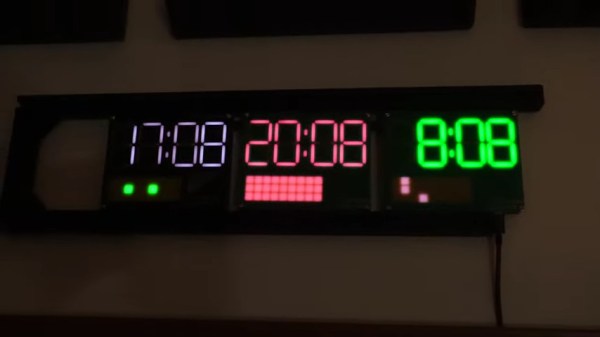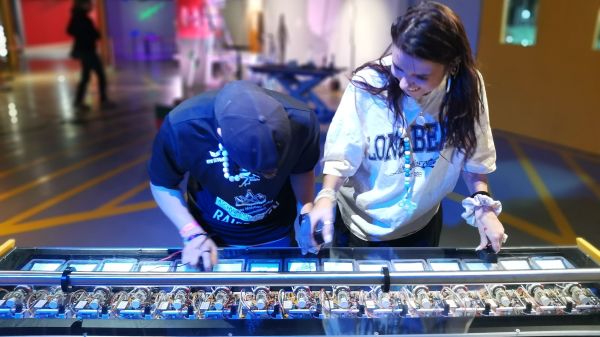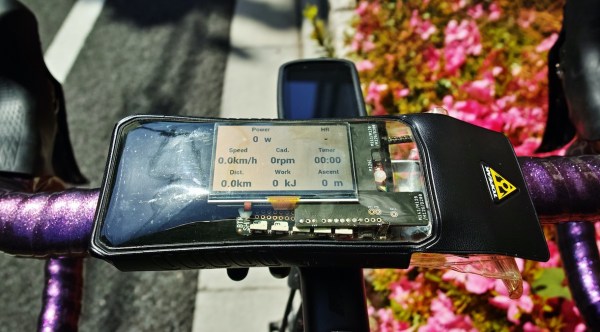This week, Editor-in-Chief Elliot Williams and Managing Editor Tom Nardi ring in the New Year with…well, pretty much the same stuff they do every other week. After taking some time to talk about the nuts and bolts of the podcast in honor of Episode 200, discussion moves on to favorite stories of the week including an impeccably cloned Dyson lamp, one hacker’s years-long quest to build the ultimate Game Boy, developing hardware in Python, building a breadboard computer with the 6502’s simplified sibling, and the latest developments surrounding the NABU set-top box turned retrocomputer. The episode wraps up with a review of some of the biggest themes we saw in 2022, and how they’re likely to shape the tech world in the coming years.
Check out the links below if you want to follow along, and as always, tell us what you think about this episode in the comments!















